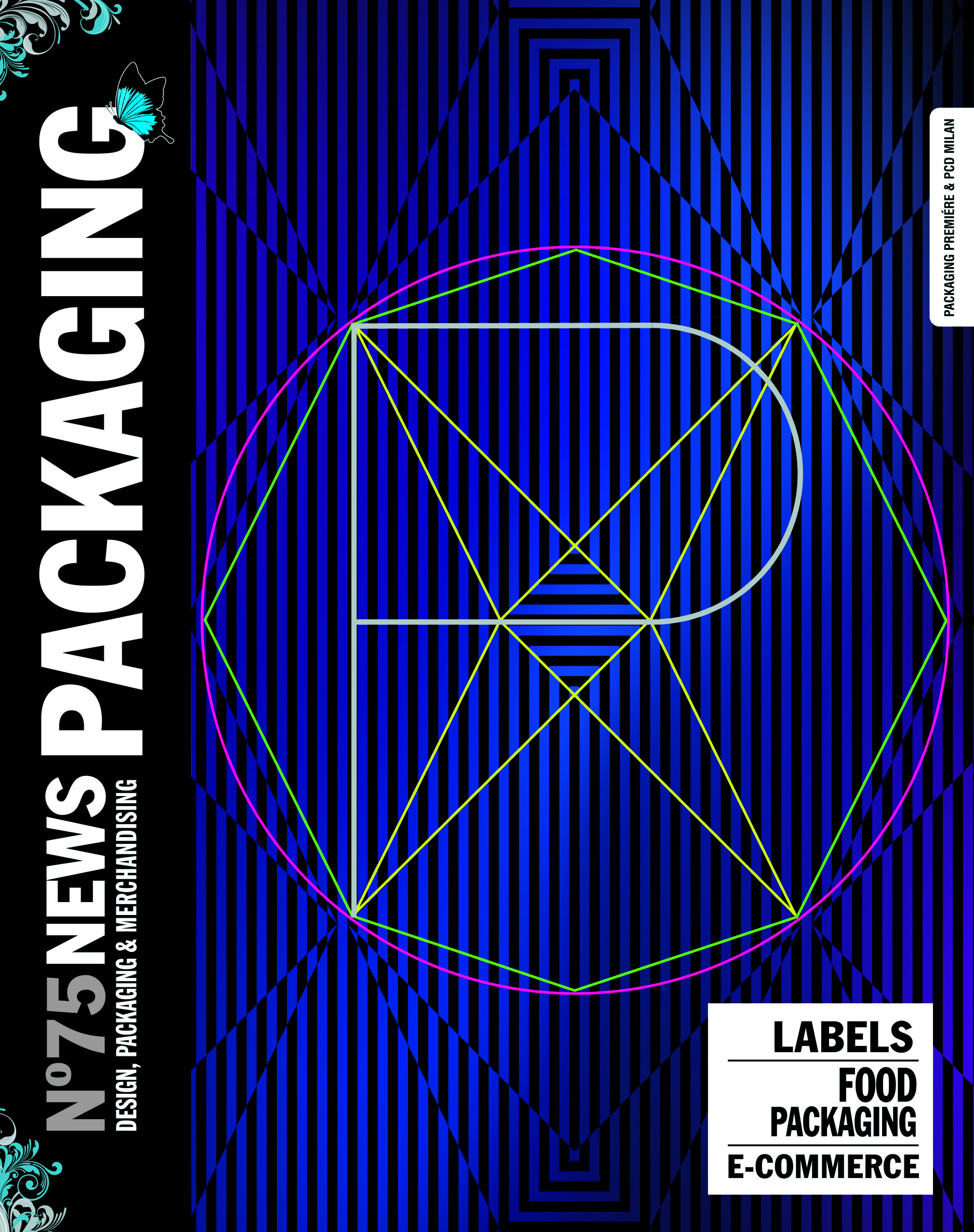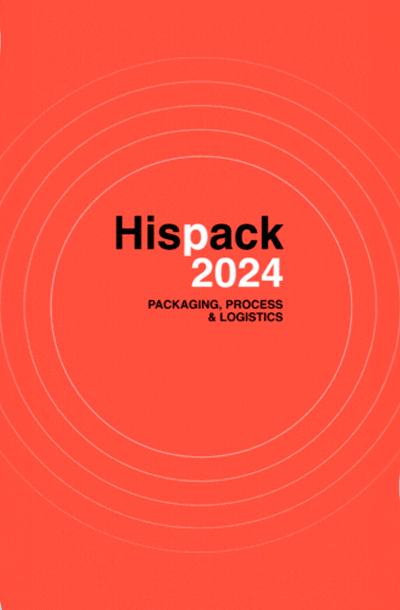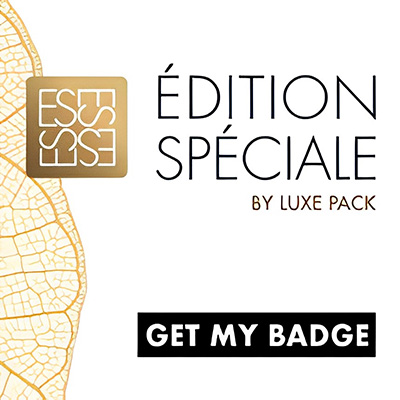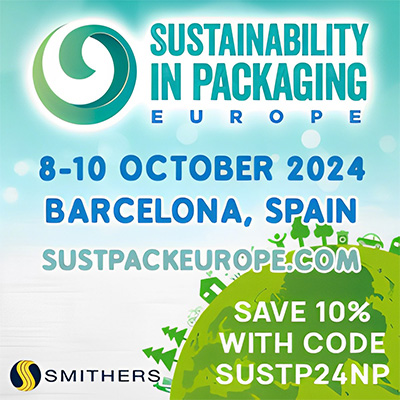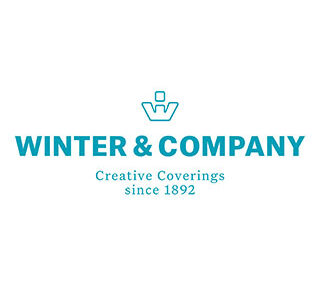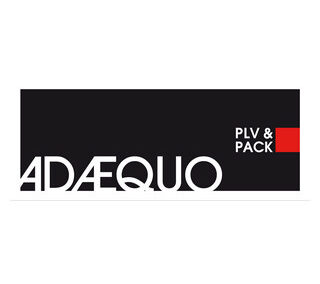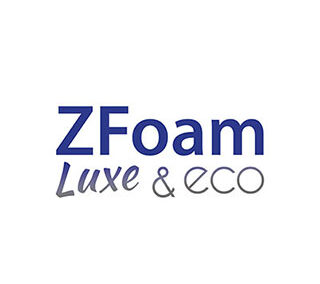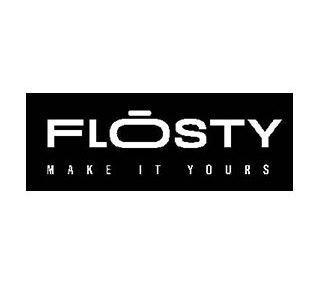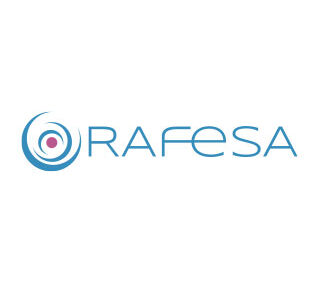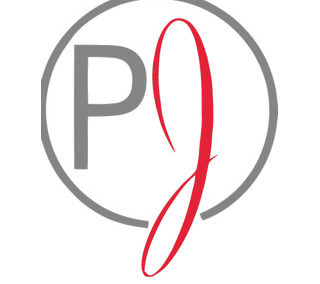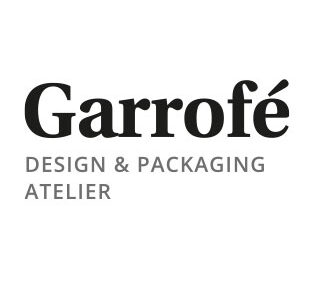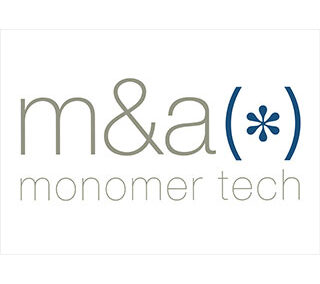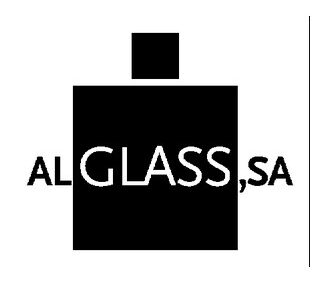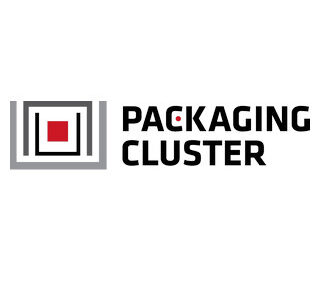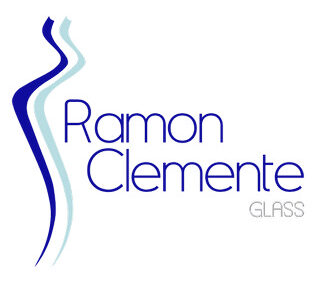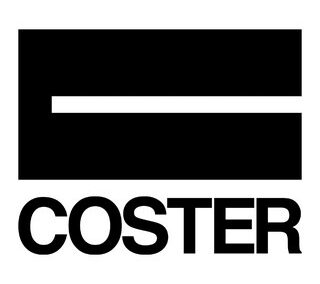Packaging Cluster y News Packaging organized on Monday an online webinar on trends in packaging of products for sale in pharmacy, which had the participation of representatives from the field of design, pharmacy, pharmaceutical laboratories and packaging manufacturing companies.
The event was divided into two blocks. In the first, dedicated to the design and perception of packaging by the pharmacy office and the consumer, the following participated: Carles salaCEO Bulldog studio, a creative graphic design studio, specialized in packaging and branding; Jose Ibanez, de José Ibáñez Pharmacy. in Gavà, Barcelona; Meritxell Martin, of Farmacia meritxell, in Andorra, pharmacist and blogger; Jordi Aromi, Strategy Manager of N.G. Plastics, and Daniel Sanchez, commercial director of Rafesa.
Carles Sala began his speech by talking about the evolution of the classic pharmacy to a more retail-oriented model, with more lighting, more accessible, open, and more impressive packs, with color codes by category, promotional facings, value-added flashes, each more sustainable. Regarding ecodesign, he explained that the client wants to be more sustainable and supportive but the reality is that working without waste, with 100% recyclable materials, water-based inks, etc., is more expensive and finally opts for a lower budget cost. "The client must trust the designer, he is the prescriber of a new project," he said.
José Ibáñez spoke of his experience in the pharmacy, for example, the need for the packaging of specific products for older people to have a larger typeface; In e-commerce, they have had no problems, except for some products with a dispenser that could be opened during transport. Regarding the effects of the health crisis, «yes, in the midst of the pandemic we have noticed a spectacular increase online and physically, a decrease in visits and sales of some families of products, such as lipsticks; makeup fell and everything derived from the use of masks as products for colds and sore throats, a decrease in consumption that is now recovering.
For his part, Meritxell Martí commented: «personally, I like things very neat and I want boxes, an image of seriousness, of a quality product, because having a jar, a bottle, of different sizes and colors creates an image like a bazaar ». He also showed his disappointment with the airless that do not allow to take advantage of the entire product and advocated travel sizes, for example, in the case of solar, that there is no 100ml to be able to carry on the plane.
Jordi Aromí explained that at NG Plastics they have a division of caps for pharmaceutical products and, on the subject of sustainability, he stressed that they buy tons of plastic and “we are interested in being able to standardize production as much as possible, the simpler the cap, the easier it will be recycled ». Regarding the pandemic, he affirmed that it has affected them positively and negatively, since, for example, the manufacture of eye drop dispensers increased but the production of caps for ibuprofen decreased.
Closing the block, Daniel Sánchez agreed with Jordi Aromí: «many times we focus on materials and put the whole process aside, it is not only about looking for the most sustainable, recyclable materials, but in the end the most important R is to reduce ». Thus, there are times when the packaging itself is sustainable, but the decoration is not, because, for example, four inks are used that suppose four losses. Regarding airless, he commented that piston airless work: "what we achieve with the plunger is 100% use of the product."
Present and future of pharmaceutical packaging
In the second block, experts from pharmaceutical laboratories and companies in the packaging sector, also members of the cluster, participated: Flors Sopena Molins, Packaging Category Purchaser of Uriah; Cintia Dominguez, communication of Phergal; Pedro GarciaCEO biomimetic; oriol aran, Engineering Manager of quad pack; Victor Baranda, Product Manager of Mettler Toledo y Ana Lasierra, Packaging Manager of Bella Aurora Labs.
Flors Sopena highlighted the measures that Uriach is implementing in favor of a more sustainable packaging, such as PVC tapes with more protective materials or aluminum tapes with nitrocellulose free inks and lacquers. He also spoke of packaging with greater security, with chlid-proof caps and security seals for tubes, bottles and cases, and of digital printing, "which helps us reduce purchase obsolescence, which makes us more sustainable", among other measures. He qualified the suppliers as partners, emphasizing the importance of collaboration. The trends in sustainability are aimed at "reducing weights and inks, using vegetable inks, FSC paper, recyclable packaging, eliminating leaflets, reducing film in packaging and using recycled plastics, plant-based or biodegradable," summarized Flors Sopena.
Cintia Domínguez spoke about the Dr Tree brand, “our flagship in sustainability”, certified by Ecocert, which recently won a VPC Green award. The packages carry QR codes «where there is all the information of both the product and the line, the CSR policy behind the brand, etc.
For his part, Pedro García explained that Biomimetic has a patent, crosspolymer, which penetrates the deep layers of the skin and acts as a vehicle, helping the active ingredients. For them, "packaging is important, but not relevant." In cardboard, white predominates and, to be more sustainable, they eliminated encephalonation and used easily recyclable packaging. The company is part of the Germaine de Capuccini Group, which has a plan aimed at minimizing waste.
For Oriol Aran, from Quadpack, it is important to be able to involve all the actors involved in the process to achieve the expected efficiency. At Quadpack, "we have defined a program of positive impact", based, in addition to people, in products, "we work with the analysis of the life cycle of the products to obtain attributes, apart from circularity and the carbon footprint , one attribute is recyclability ", he explained, for what they value that it is monomaterial or, if it is not possible, that the materials that compose it can be separated easily. Integrating recycled material into the packaging, eliminating non-recyclable or inefficiently recyclable material is key to achieving its objectives. The first step is the maximum reduction and the second point is the reuse, through refilling and the slogan, "how to recover the packaging and reuse it efficiently".
Víctor Baranda presented the solutions proposed by Metler Toledo throughout the value chain and Data Integrity in production: "data integrity refers to the integrity, coherence and precision of the data" and is vital to guarantee the security and quality of medicines. He explained what the Alcoa + principles are: attributable, readable, current, original and accurate. "There is a change in data management processes from manual to automated, the trend is maximum connectivity, industry 4.0 and data collection in real time."
Finally, Ana Lasierra spoke about the containers used by Bella Aurora: glass jars for facial creams, which are exclusively designed, with their own molds; piston airless, "which are the ones with high restitution" and new closures that open by turning the collar; localized action tubes; and ampoules for concentrated formulas. "In secondary packaging, we enter with tubular packaging, a cardboard cylinder with a metal base and lid to try to stand out," he explained. Currently, "we are going towards sustainability, to manage our pack in a more efficient and sustainable way", by reducing weight and volume and favoring reuse and recyclability.
Both blocks ended with a debate among the participants.


